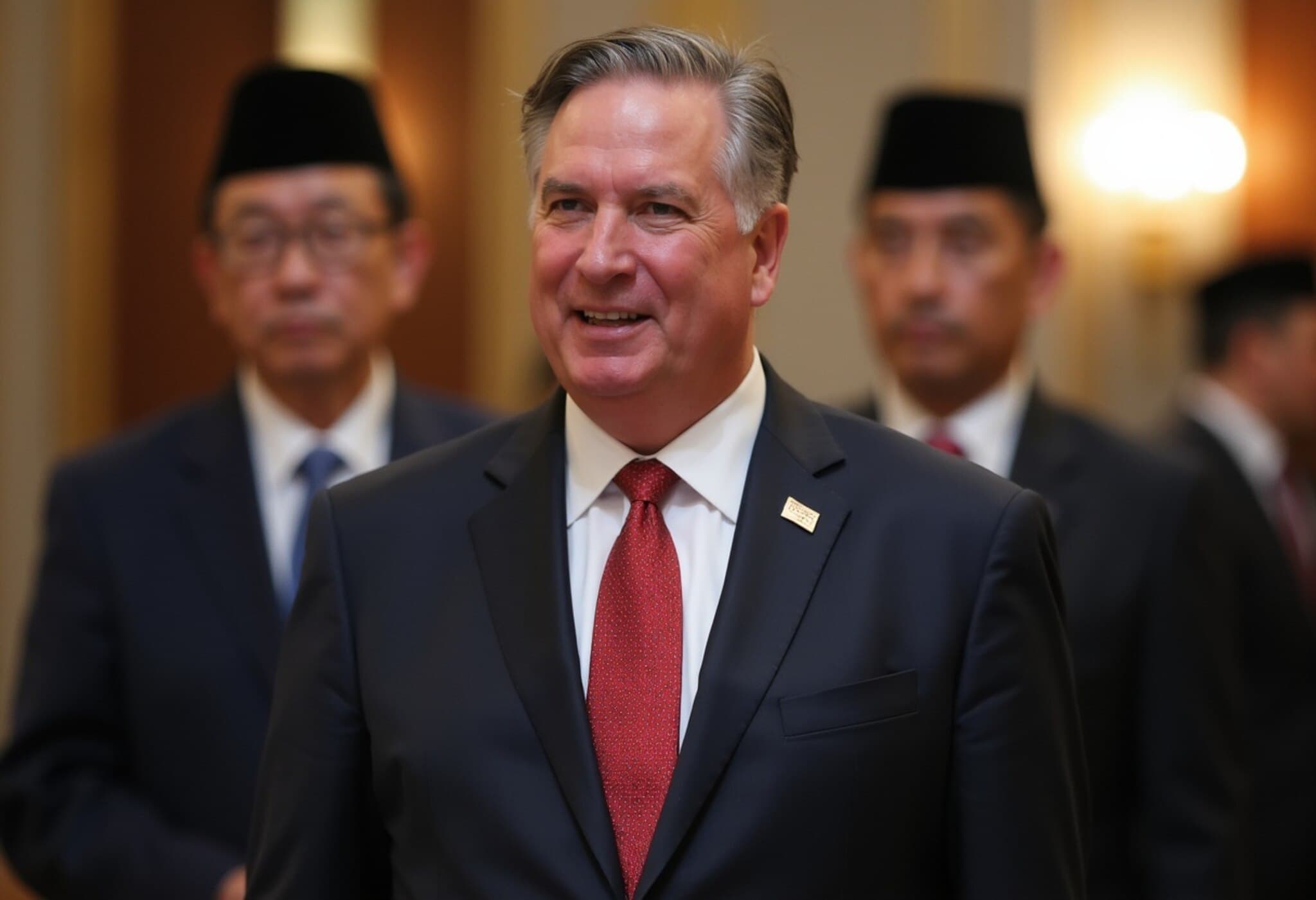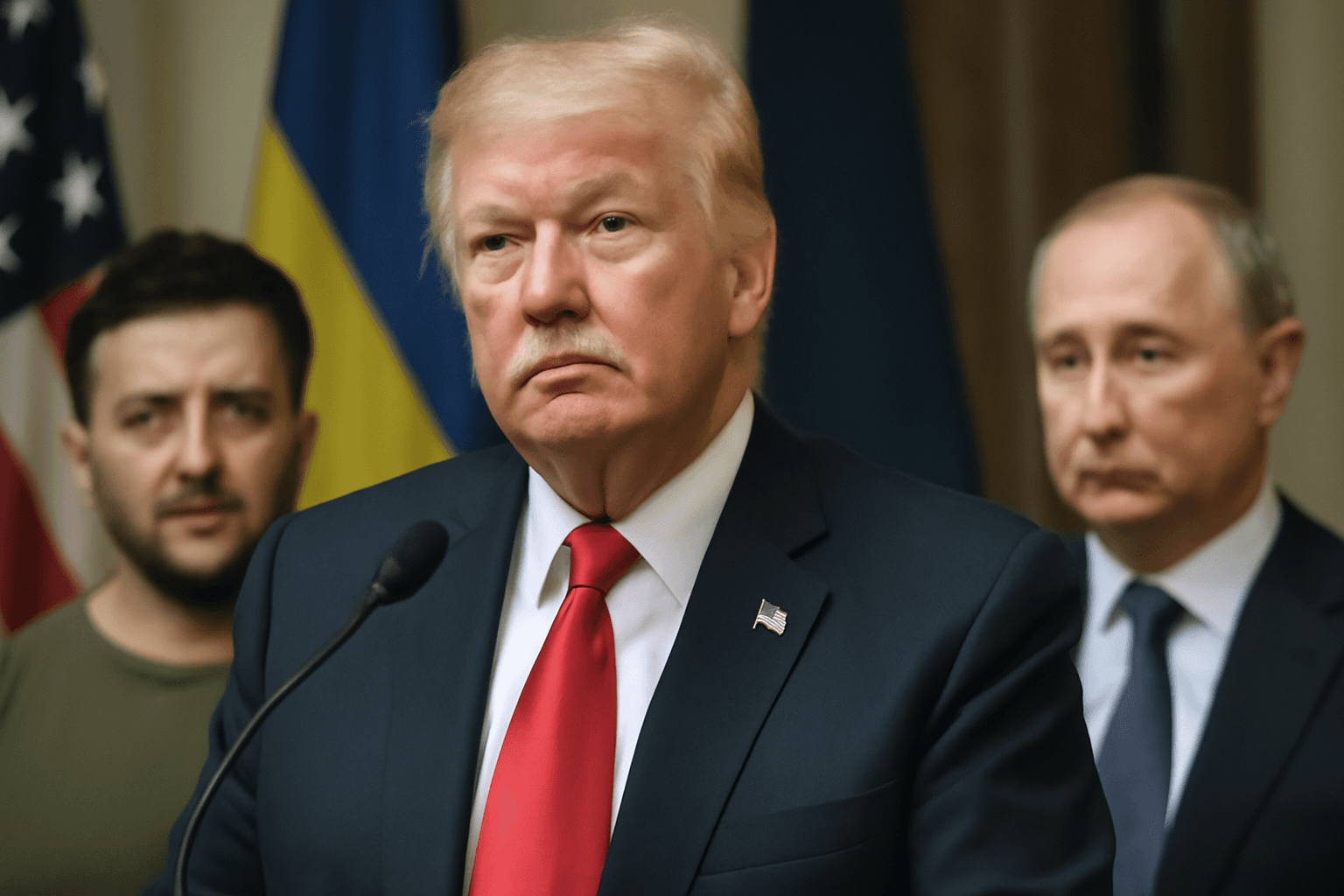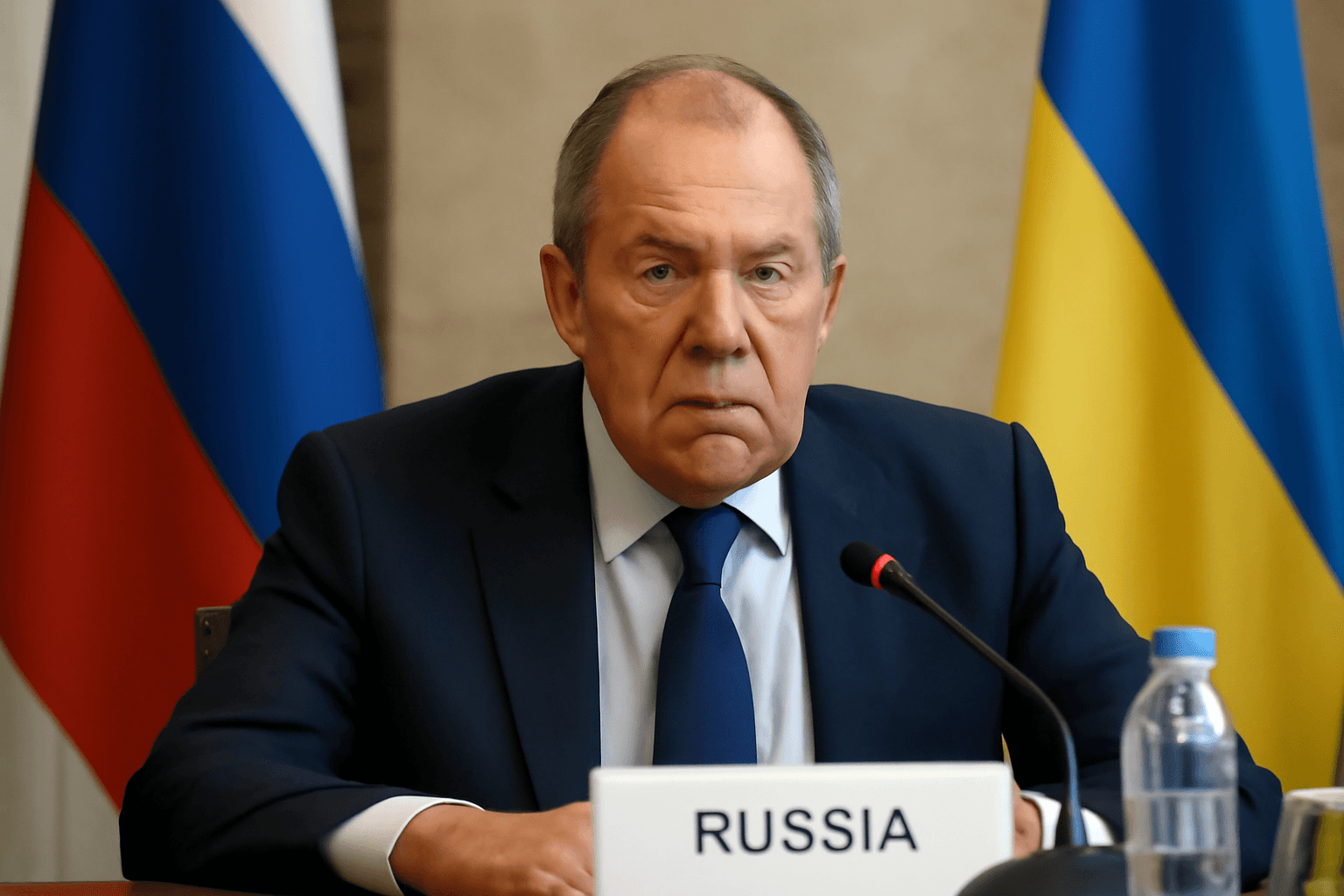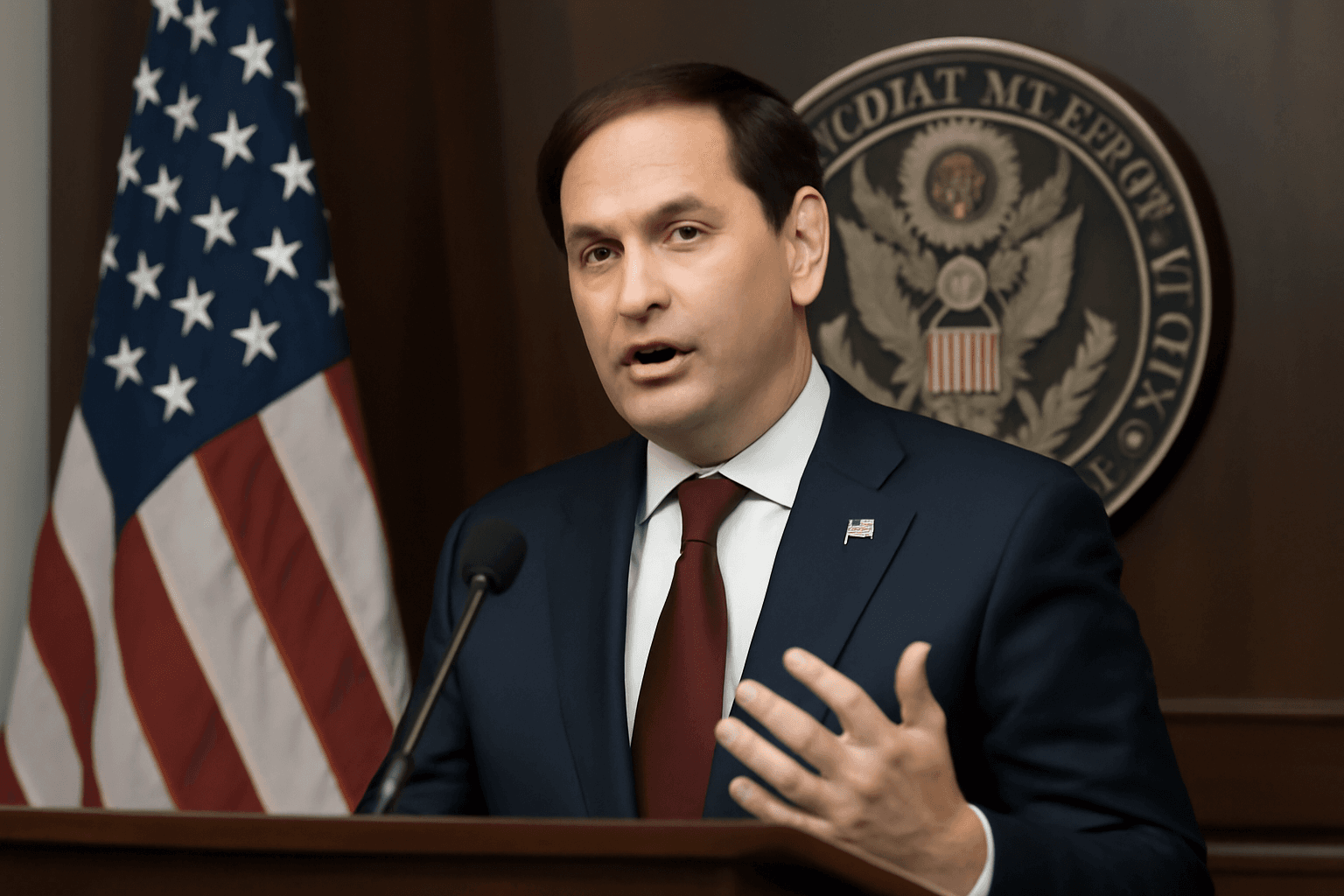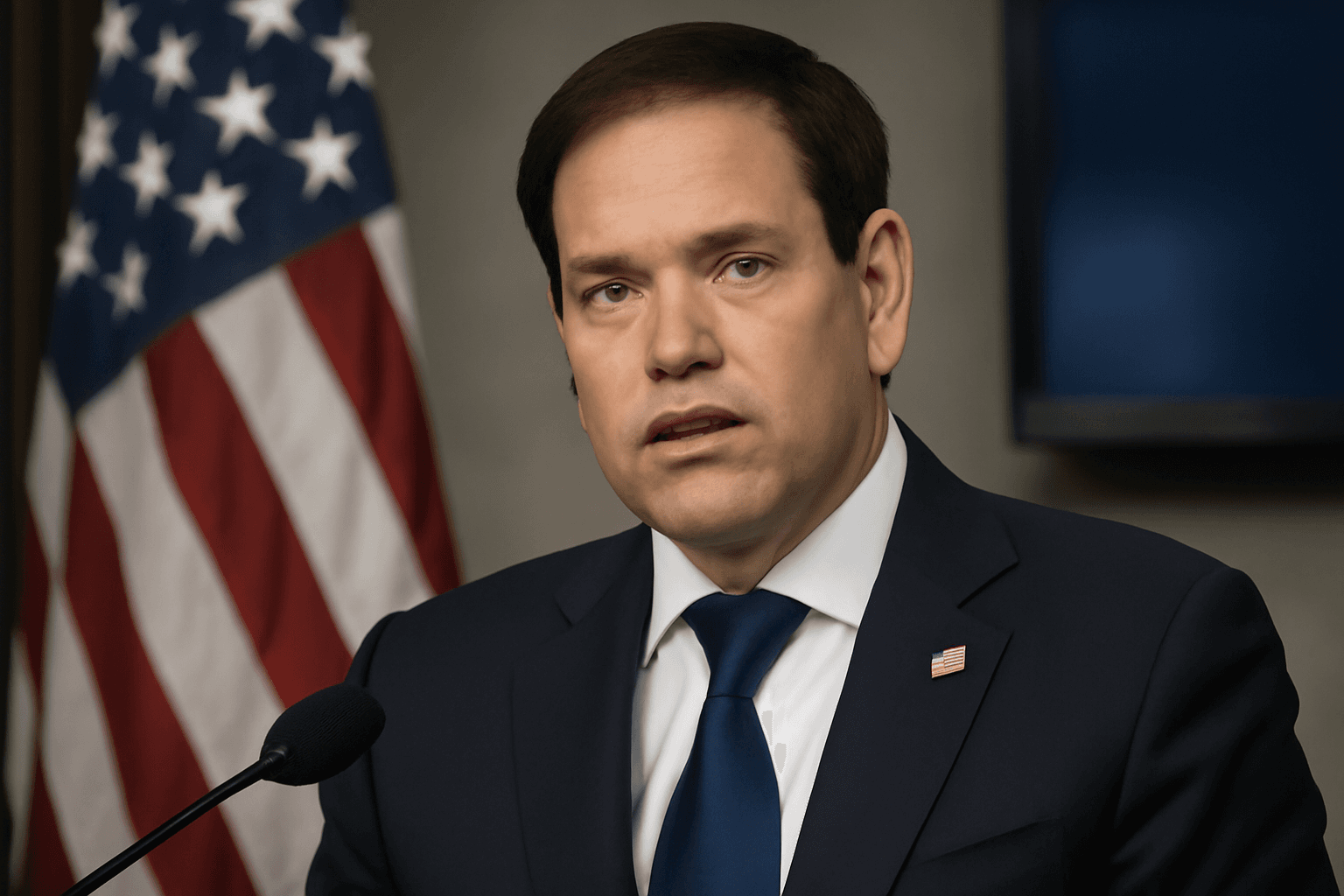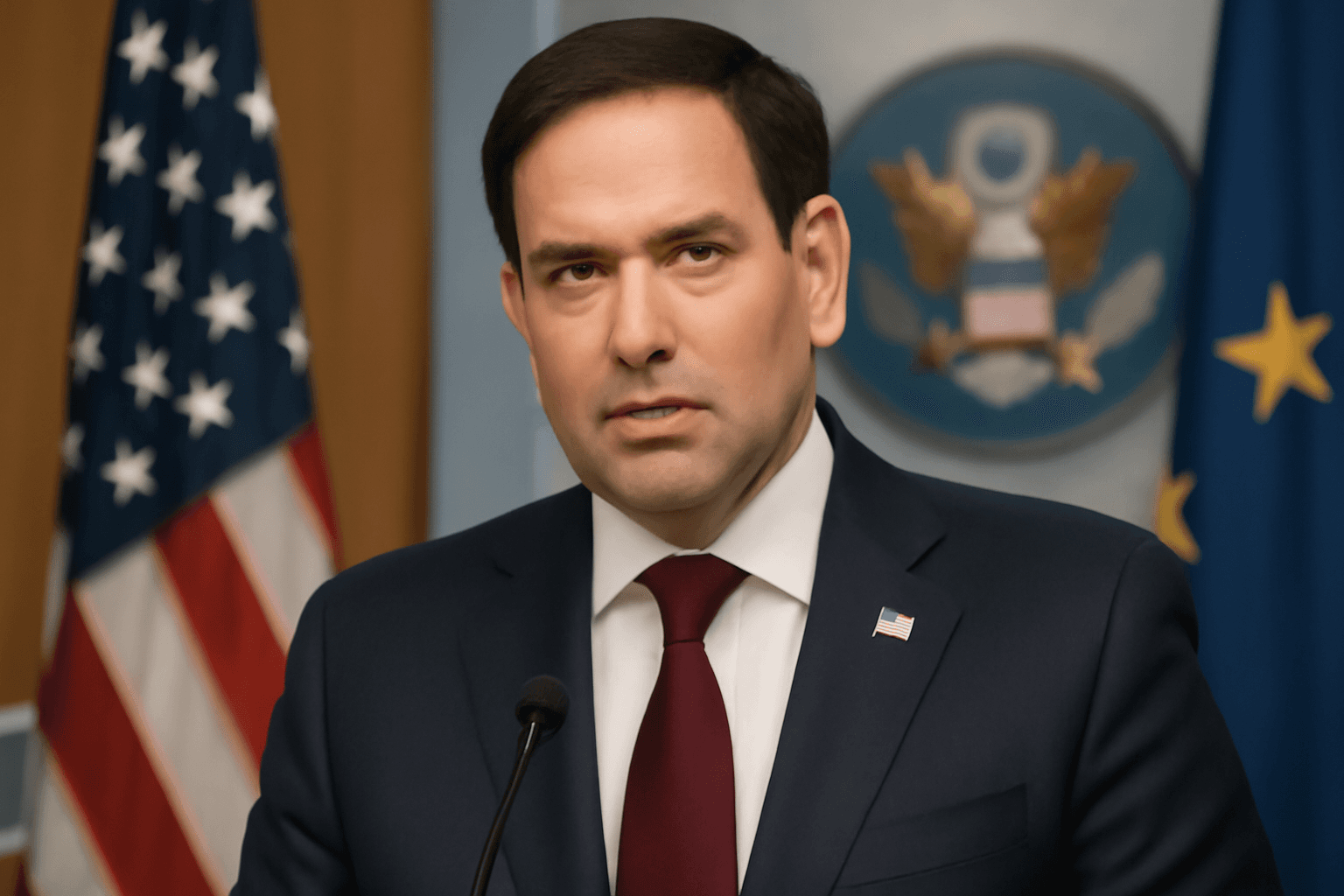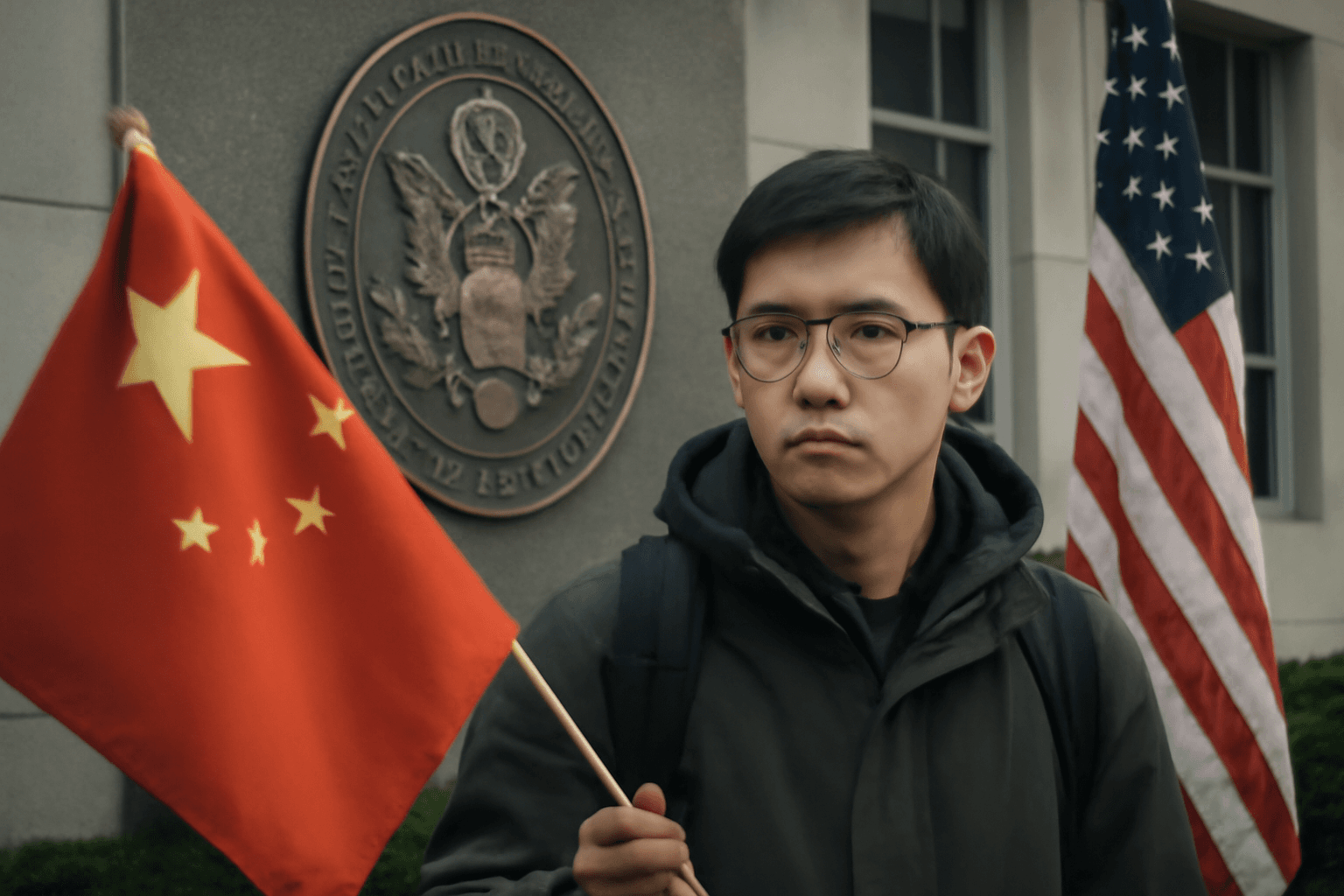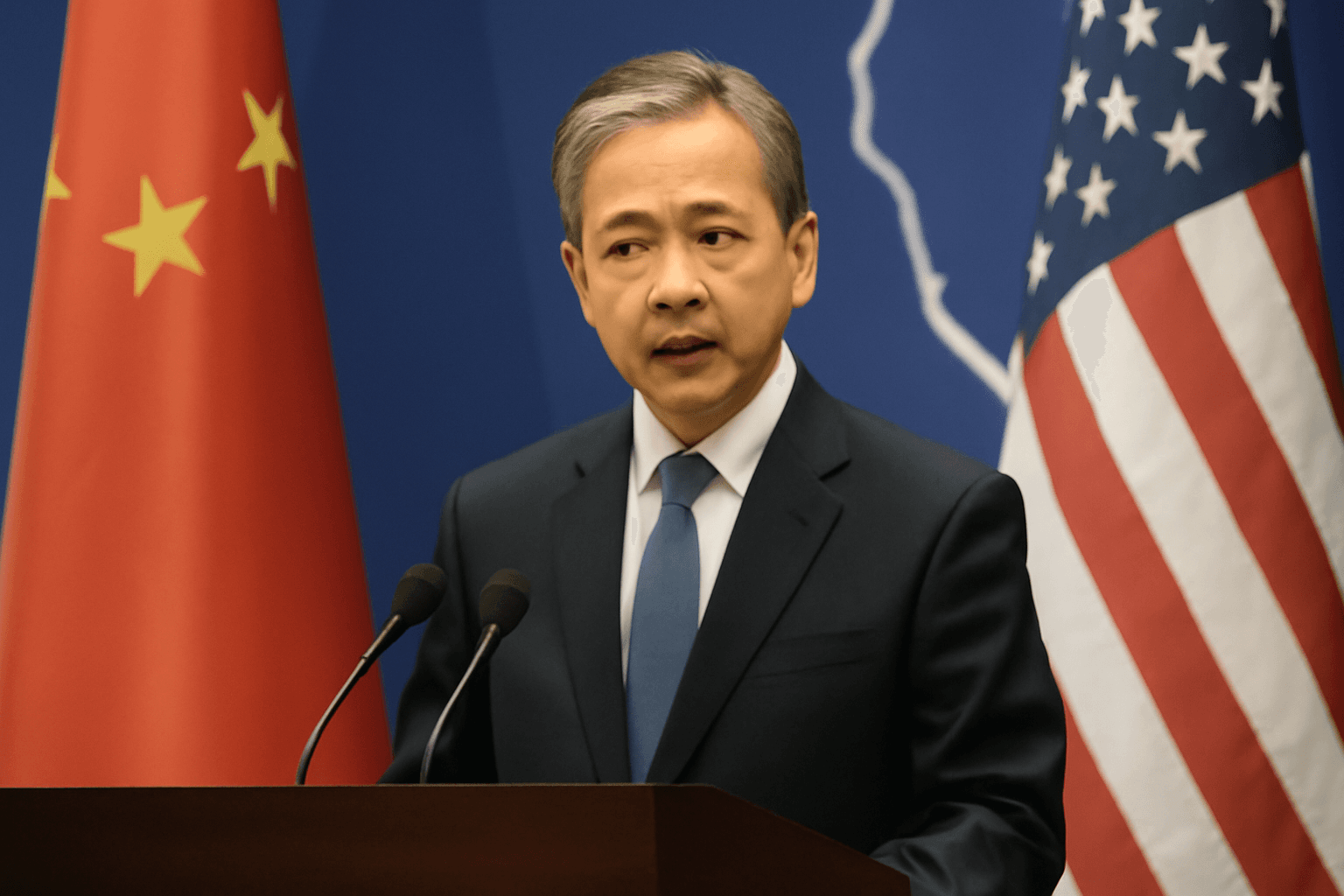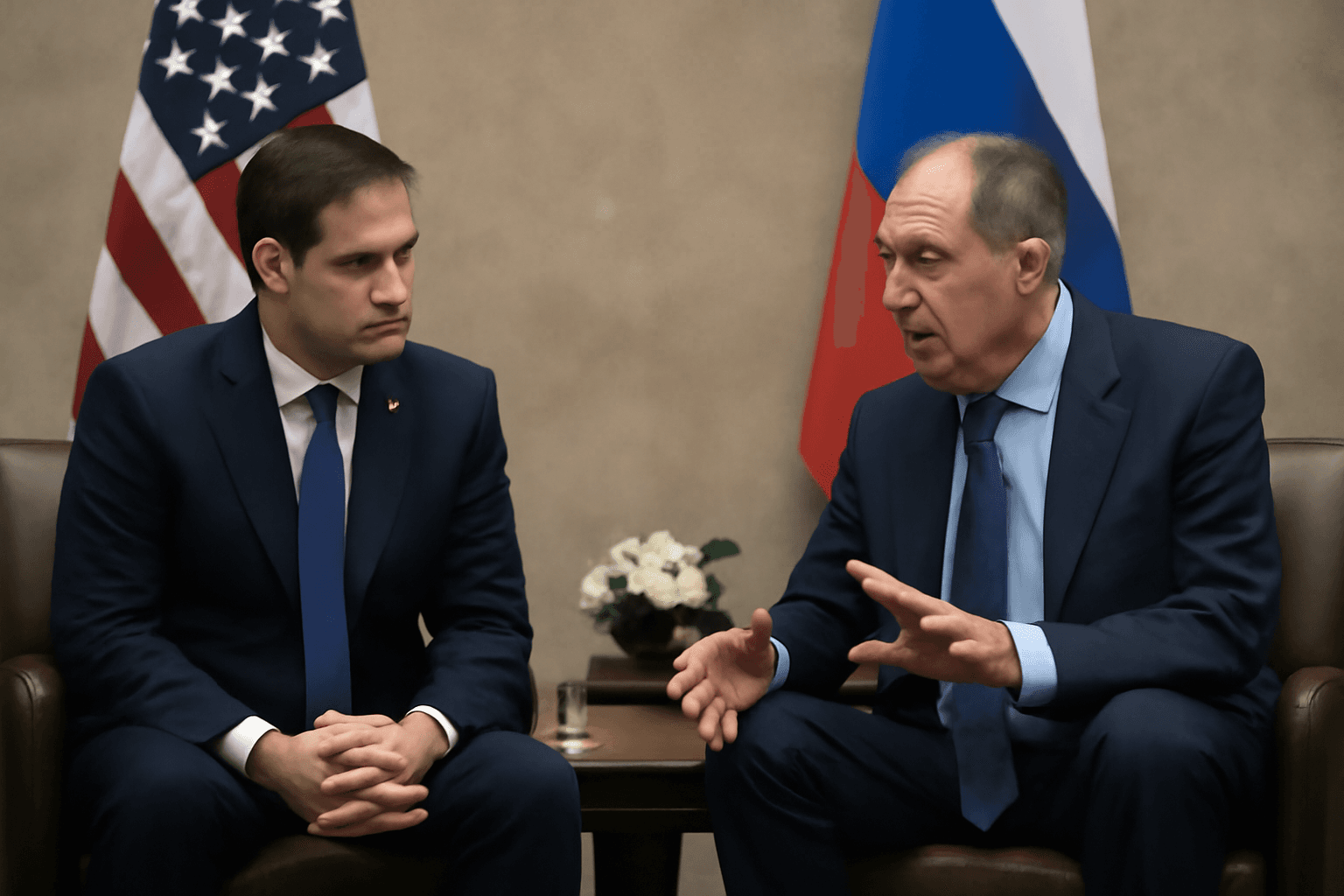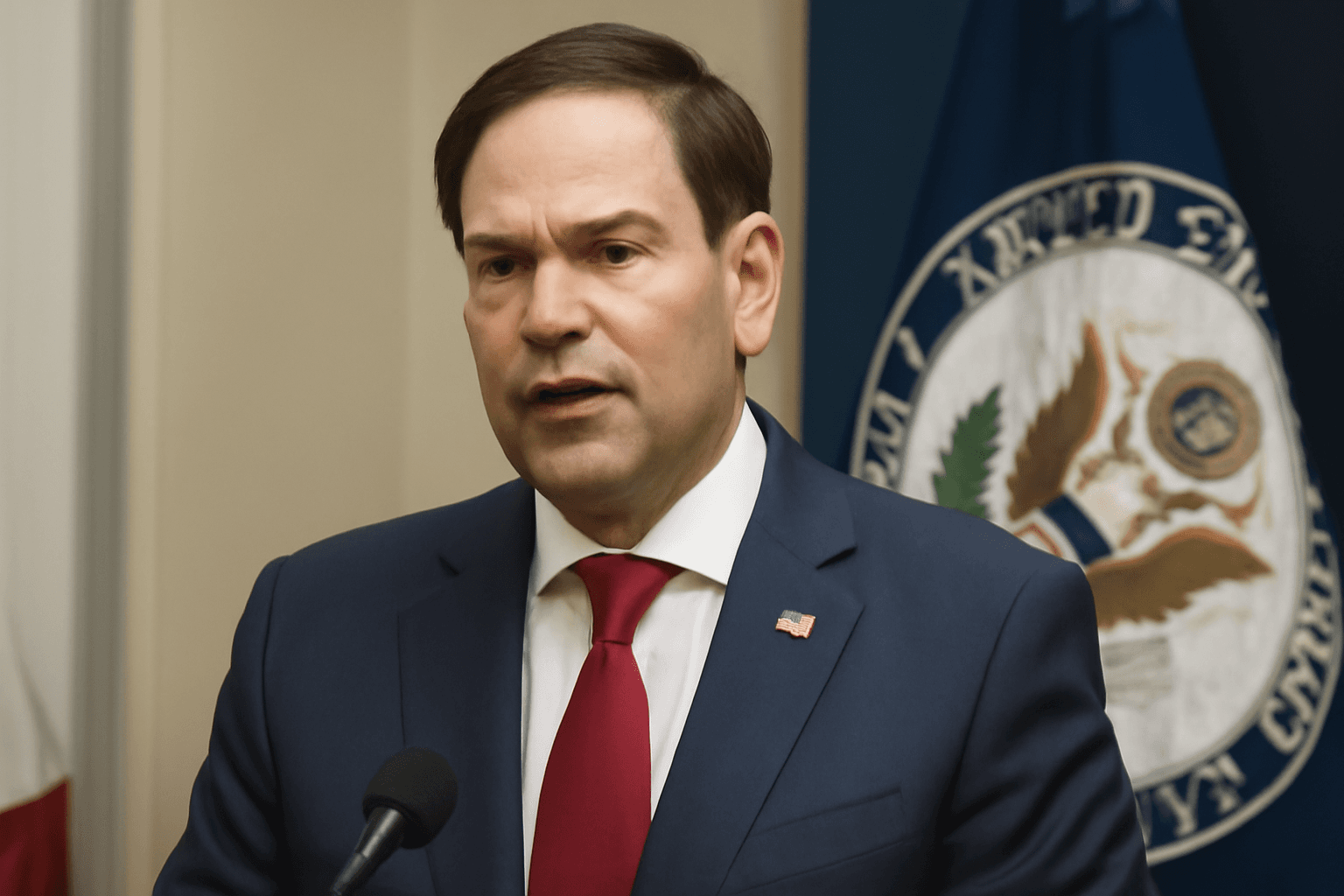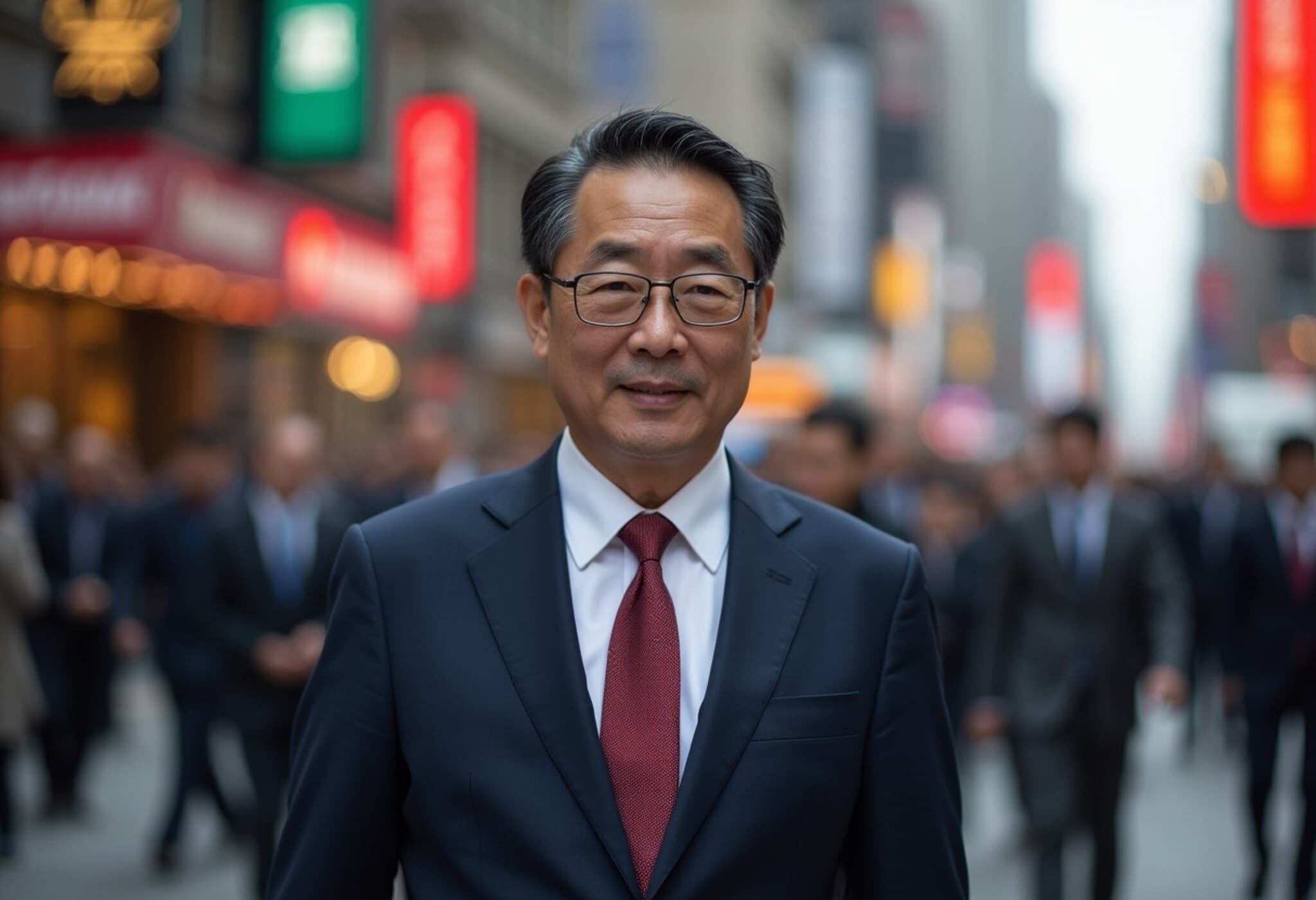US Secretary of State Marco Rubio Embarks on First Asia Trip
In a significant move underscoring America’s renewed focus on the Indo-Pacific region, US Secretary of State Marco Rubio is set to attend the upcoming ASEAN Summit in Malaysia. This marks Rubio’s inaugural visit to Asia since taking office in January 2025, reflecting Washington’s strategic pivot toward East and Southeast Asia amid evolving geopolitical dynamics.
Reaffirming Commitment Amid Rising Regional Tensions
State Department spokeswoman Tammy Bruce emphasized that Secretary Rubio’s agenda centers on solidifying the United States’ role in promoting a “free, open, and secure Indo-Pacific region.” This rhetoric signals a decisive stance as the US aims to counterbalance China’s expanding influence, which many American officials view as a challenge to regional stability and democratic norms.
Expert Insight: The Importance of the Indo-Pacific for US Policy
According to a senior State Department official, the US recognizes committing to both East and Southeast Asia as a critical national interest. The official stressed that amid Beijing’s growing assertiveness—whether through economic coercion or military posturing—America must strengthen alliances and deepen economic ties with ASEAN nations.
Trade Tensions and Tariff Challenges on the Agenda
Rubio’s visit unfolds against a backdrop of contentious trade relations. Several Asian countries, including Japan, South Korea, Malaysia, and Laos, face significant US tariffs—25% on goods from Japan, South Korea, and Malaysia, and a 40% levy on Laotian products. These tariffs have been a source of frustration among ASEAN members.
During the summit, tariff policies are expected to dominate discussions. Rubio is likely to communicate Washington’s desire to “rebalance” trade relationships, aiming to address grievances while advancing economic cooperation that aligns with US strategic goals.
Shifting Priorities: Focus Pulls Rubio from Japan and South Korea Trips
Initially slated to visit Japan and South Korea, Rubio has postponed those engagements to concentrate efforts on facilitating a ceasefire in Gaza, a pressing humanitarian concern. The canceled visits were anticipated to cover a wide spectrum of critical issues — from US trade tariffs and developments in West Asia to challenges posed by China, Russia, and North Korea.
Contextualizing the US Strategic Realignment
This trip comes after recent high-level advocacy by figures like Vice President JD Vance and Undersecretary of Defense Elbridge Colby, who have championed minimizing US involvement in West Asia to better focus resources and diplomatic capital on countering China’s influence.
This strategic calculation reflects a broader trend within American foreign policy circles—balancing competing global crises while safeguarding the Indo-Pacific’s geopolitical future.
What This Means Moving Forward
- Strengthened US-ASEAN ties: Reinforcing economic and security partnerships to ward off destabilizing influences.
- Trade negotiations: Opportunities for recalibrating tariffs and trade terms to benefit both US and regional economies.
- Regional Stability Efforts: Coordinated diplomatic initiatives aimed at addressing broader security concerns from Gaza to the Korean Peninsula.
Editor’s Note
Secretary Rubio’s upcoming journey underscores a crucial shift: America is signaling that the Indo-Pacific will be the centerpiece of its strategic vision moving forward. Yet, questions linger about how Washington will balance its ambitious economic reset with security imperatives, especially amid multifaceted regional challenges. Observers should watch closely how US tariff policies evolve post-summit and whether ASEAN nations perceive renewed US engagement as substantive or symbolic. Ultimately, this trip may well define the contours of US-Asia relations for years to come.

